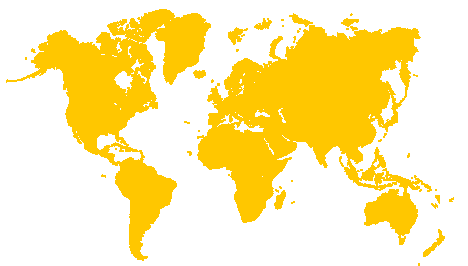Planning Ahead for IEC 60601-1-2 4th Edition for Medical EMC

Market Trends Point to Demand on These Standards Sooner Rather Than Later
22 July 2015
In 2014, the International Electro technical Commission (IEC) published a revision of the electromagnetic compatibility (EMC) requirements for medical devices under a 4th edition of IEC 60601-1-2. These revisions include a number of changes, including new immunity and more robust risk analysis requirements. The effective date for the new standard is April 1st 2017, yet the medical device community has seen an increasing need to begin adopting these standards now, nearly two years in advance of that deadline.
Smart, connected devices continue to take the world by storm, even in the medical device industry, so it makes sense that the industry is looking to the new standards now as they seek to mitigate risk and ensure compliance with EMC requirements. In fact, in late 2014, the FDA issued a letter recommending that devices undergo EMC testing to the 4th standard as soon as possible.
The revised standards include increased immunity test levels, including the range for radiated immunity, magnetic immunity, conducted immunity, significant increases in electrostatic discharge (ESD) levels and voltage dips and interruption phase angles. In addition, immunity testing has been added which follows the rationale of 60601-1-11 in the form of immunity to proximity fields from RF wireless communications equipment at significantly higher levels than have been used for radiated RF immunity testing in the past. Due to increases in test requirements, there's a strong possibility that legacy medical devices will not comply with the 4th edition standard.
Perhaps even more important is that the changes to immunity is the expansion of risk management requiring manufacturers to submit test plans and risk analysis documents before testing which specifically focus on EMC. Operating modes are based on risk analysis and reasonably foreseeable electromagnetic disturbances and misuse must be taken into account in the risk management process. Minimum separation distances are considered as part of the risk management process and any reductions or increases in testing levels must be justified in the risk management file. In short, the revised standard requires a thorough evaluation of EMC risk for new medical device launches, and relies on documentation of that risk as a part of the approval process. While the FDA has not communicated any change to the April 2017 4th edition compliance date, Intertek has seen an increase in requests for 4th edition test data from a number of customers. Customers have indicated the FDA's preference for 4th edition during their 501(k) submission process. As such, Intertek is recommending testing to 4th edition so as to experience fewer delays with the FDA.
EMC poses the potential for drastic effects, such as device malfunction, interference or false alarms, the revised standard looks to risk management to help mitigate risks in a constantly growing arena. Perhaps the best thing any manufacturer can do is to begin implementing steps to have new products testing to the 4th edition standards. A Risk Management File (RMF) review for new products should address those needs. Due to significant increases in test levels for certain tests, legacy products should have a pre-scan test to prepare for 2017 to determine the probability of compliance with 4th edition. Intertek has extensive experience conducting EMC testing and can help clients prepare for EMC 4th edition now, better ensuring a product's success and brand future. To learn more about EMC 4th edition requirements and its comparison with 3rd edition, download the recorded webinar.
Nicholas Abbondante serves as chief EMC engineer at Intertek. In his 13 years with the company, Nick has been involved in testing a wide range of radio and electronic equipment to EMC requirements for regulatory domains around the world, specializing in transmitters. He is a member of the TCB Council and participates in the ANSI C63.10 and ANSI C63.26 radio standards writing committees. Nick has a Bachelor’s degree in physics from the Worcester Polytechnic Institute (WPI).
Tags: 2015 | Medical Devices | Nicholas Abbondante

Nicholas Abbondante,
EMC Chief Engineer


